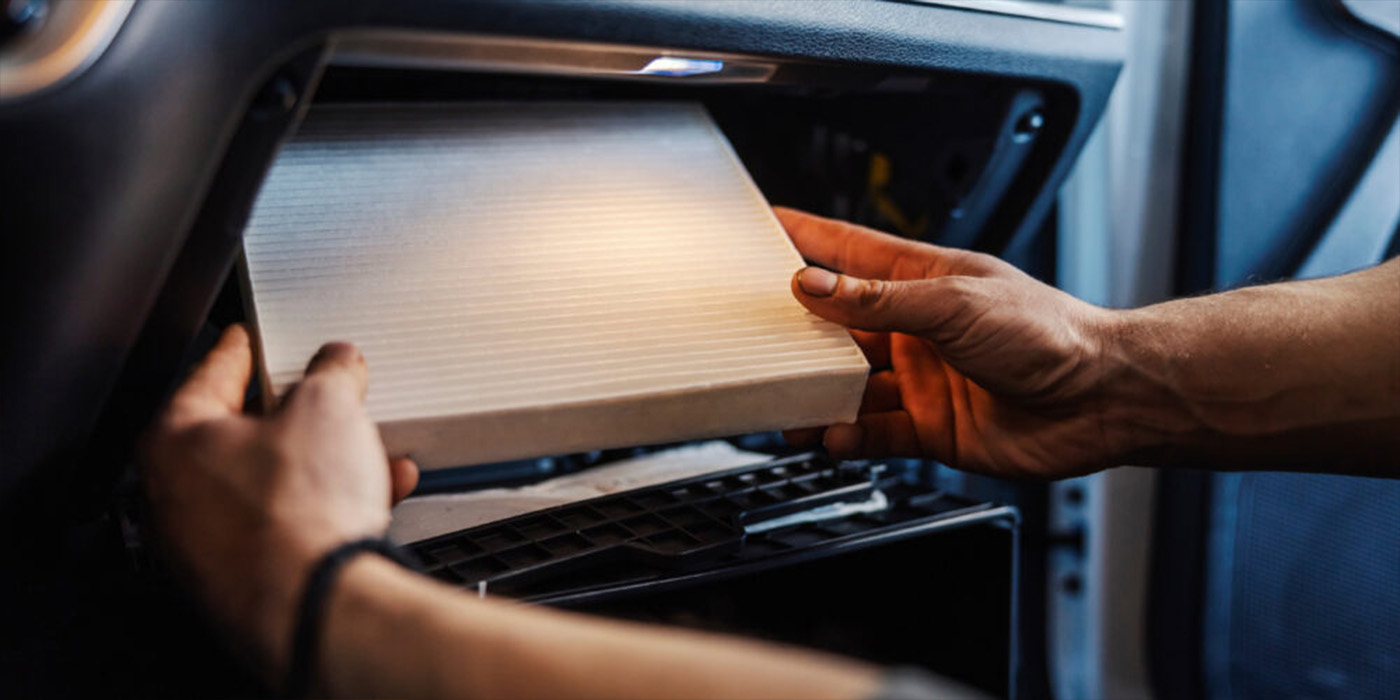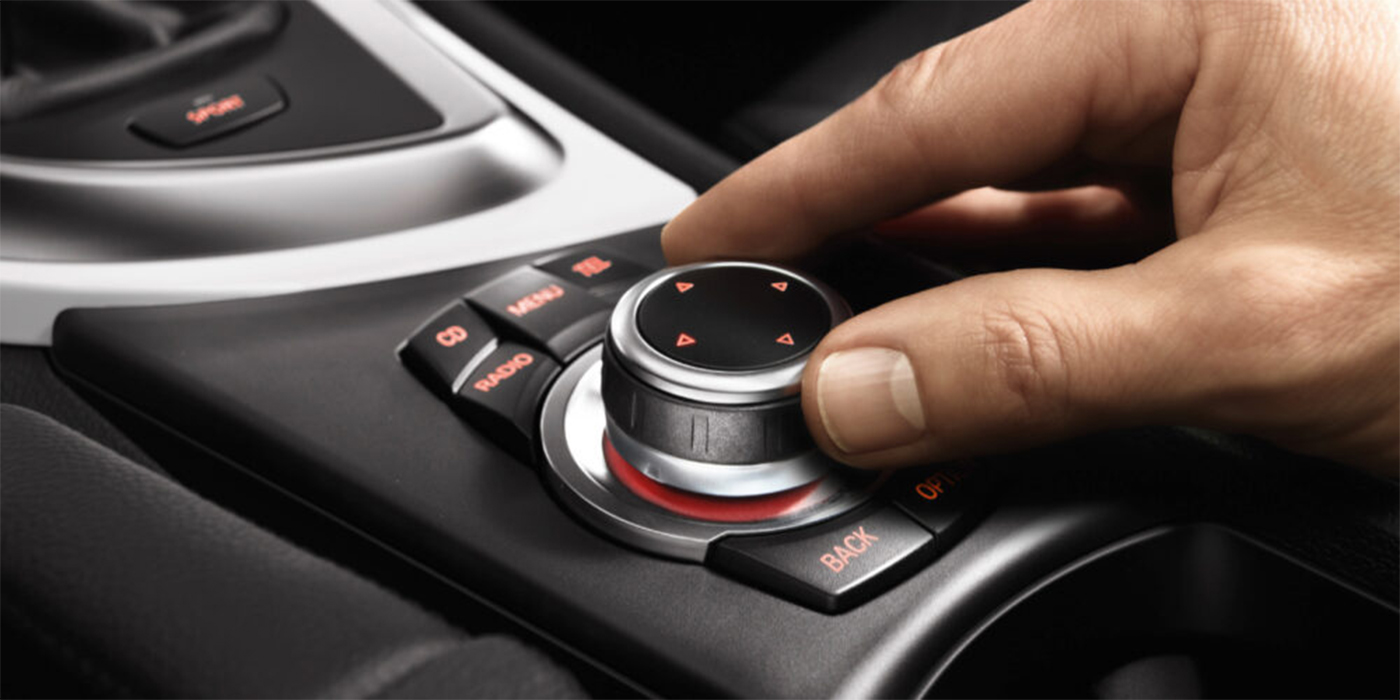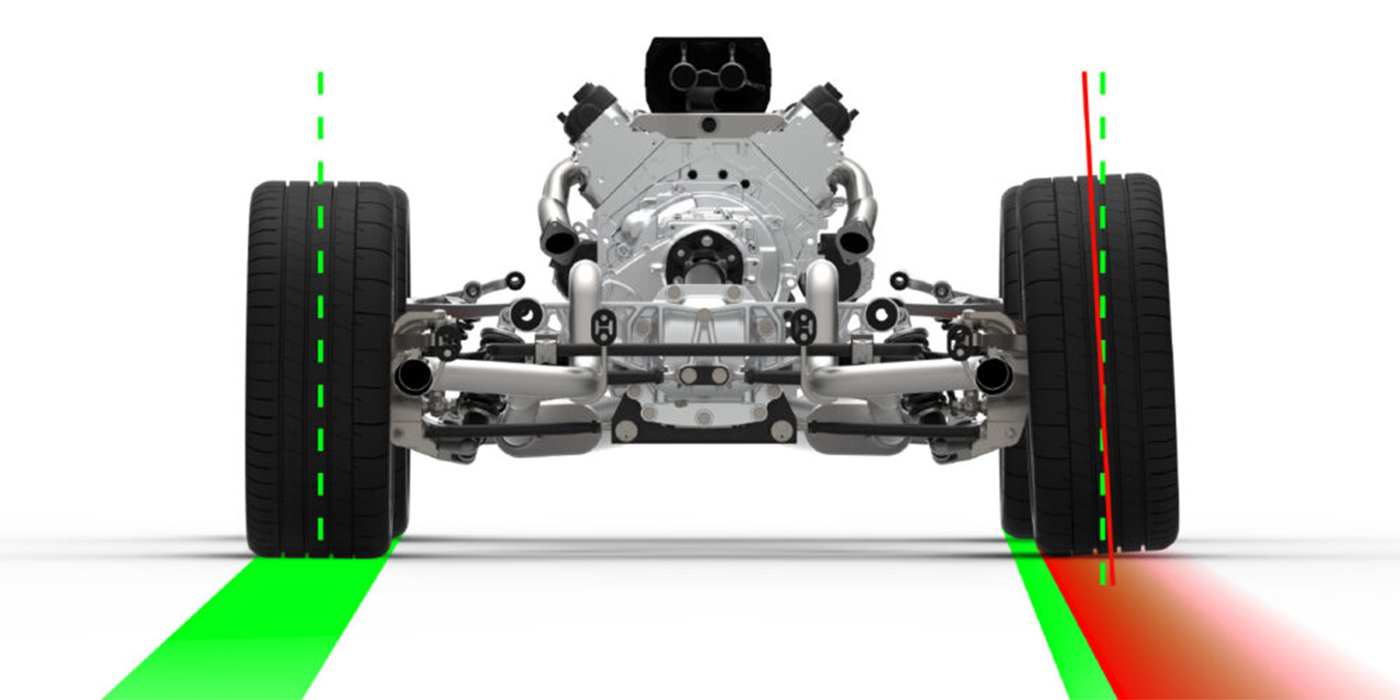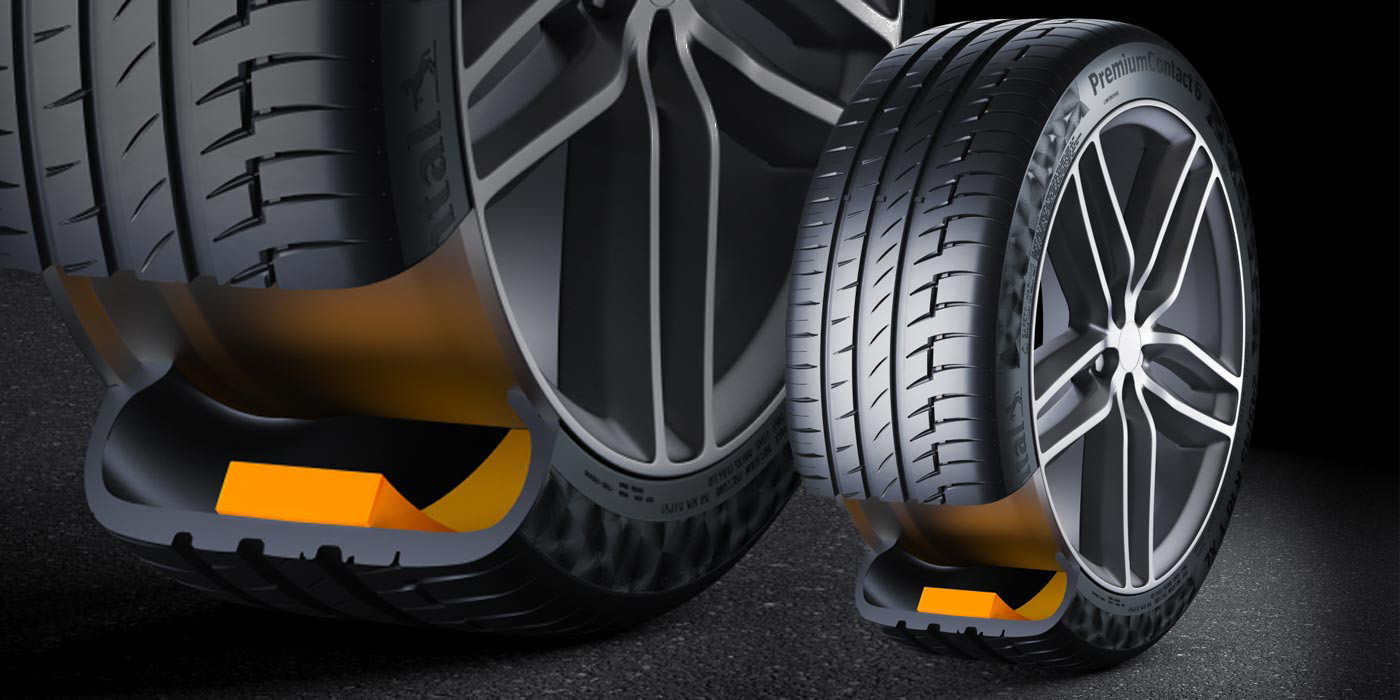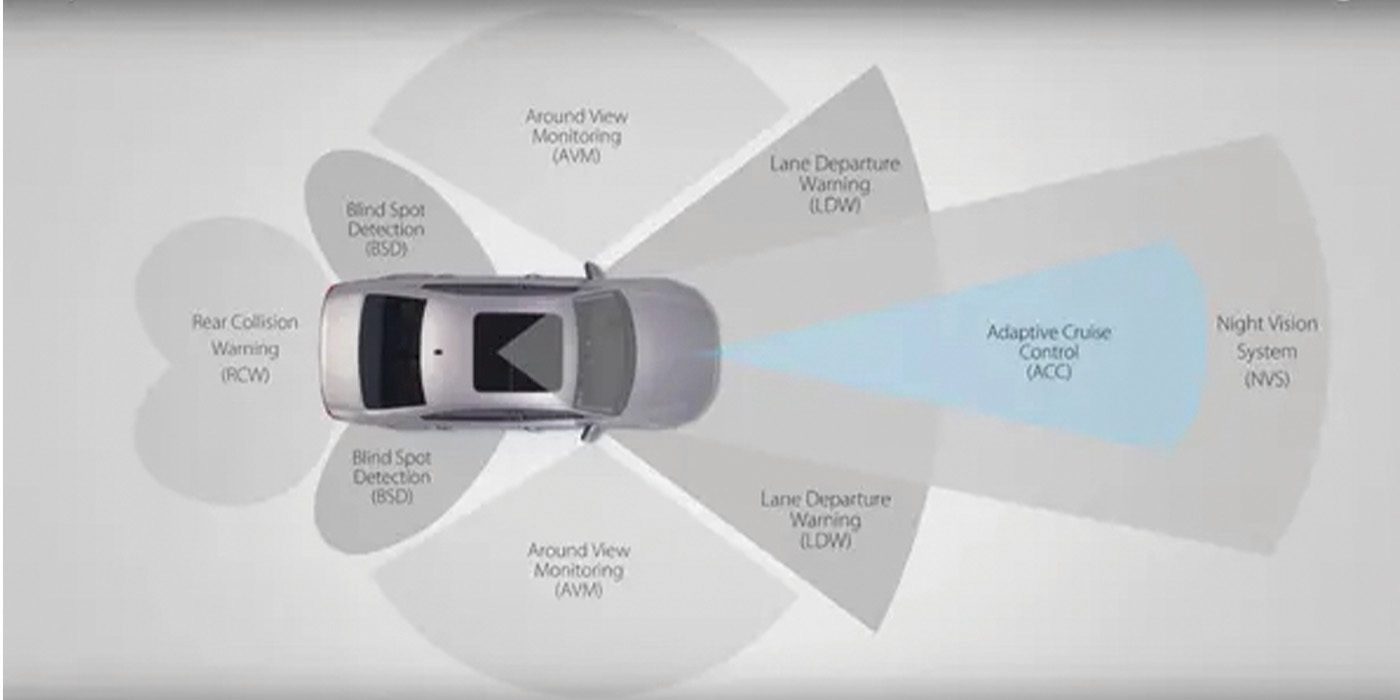By Uwe Kleinschmidt
CEO, AutoVitals.com
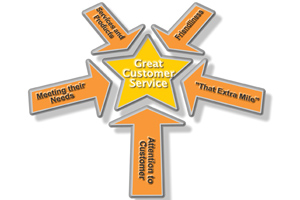 As you’ll remember from the January/February issue of Shop Owner, we spent some time talking about the importance of an effective web presence. To get your fair share of motorists using Google to find an auto repair shop, you’ll need to ensure you have an effective website and well-ranked business listings, and that you maximize the value of your shop reviews to enhance your reputation and get better search results.
As you’ll remember from the January/February issue of Shop Owner, we spent some time talking about the importance of an effective web presence. To get your fair share of motorists using Google to find an auto repair shop, you’ll need to ensure you have an effective website and well-ranked business listings, and that you maximize the value of your shop reviews to enhance your reputation and get better search results.
This time, I want to stay on the topic of the web, but delve a bit further by focusing on how web technologies can have huge customer service benefits, at the service counter and beyond.
In my experience working with dozens of auto repair shops, I’ve found two main ways that web technologies have a positive customer service impact: Customer appointment requests, and customer communication while the car is in the shop. In essence, web technology provides a “personal touch” similar to a telephone conversation, but in an always-on, multimedia environment that lets your service advisor truly inform and educate current and potential customers.
Using the Web to Streamline the Customer Appointment Request Process
Did you know that the busiest day for web-based appointment requests is Sunday? Added to the fact that many appointment requests are made after business hours, it’s easy to see how the telephone is no longer the most effective way to meet busy motorists’ needs. Web-based appointments can change the game by allowing for an easy, two-part process: the appointment request, and the appointment confirmation.
If you’re a shop owner who feels like web-based appointment requests forego important direct contact with motorists, or fear that you’ll be inundated with customers who are simply shopping around for a price, 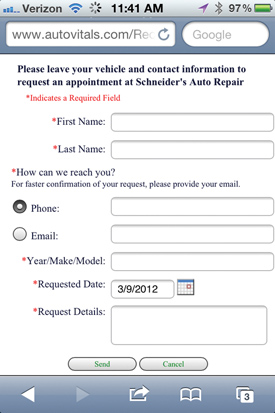 consider this: A short, simple, web-based form, like the one you see to the right, which is optimized for mobile devices, makes it easy for customers to make their initial request. And, it also sets up the perfect situation for a follow-up e-mail or phone call to fill in missing information — meaning that your service advisor can have that direct customer contact while weeding out the “price only” shoppers.
consider this: A short, simple, web-based form, like the one you see to the right, which is optimized for mobile devices, makes it easy for customers to make their initial request. And, it also sets up the perfect situation for a follow-up e-mail or phone call to fill in missing information — meaning that your service advisor can have that direct customer contact while weeding out the “price only” shoppers.
And the more convenient you can make the form, the better. For example, allowing an existing customer to select the vehicle he needs to be serviced from a drop down menu of cars associated with his account will save him time and show him that your shop really knows its stuff.
What’s the appropriate timeframe for responding to web-based appointment requests? Talking with shop owners, we’ve found the sweet spot to be within a few hours of receiving the request. Wait any longer, and you’ll run the risk that the motorist will start searching for another shop. Thankfully, smartphones and tablets make it easy to respond to appointment requests without being at the service desk. And, with the addition of smart software that integrates your appointment scheduler with your Google Calendar, you’ll be able to see current appointments and schedule new ones anytime you’re online.
Using the Web to Improve Customer Communication…and Build Trust
Imagine this: Your technician inspects the car, describes the findings using paper and pen and shares his findings with the service advisor, who then creates a repair estimate for customer approval. Estimate in hand, the service advisor phones the customer and begins explaining a potentially complex process, aided only by a bit of emphatic hand waving that the customer can’t see.
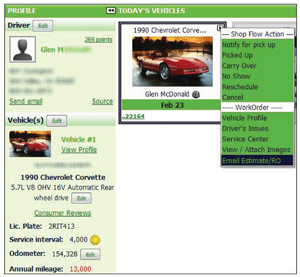
In many cases, the service advisor’s greatest tool is fear, meaning he has to resort to focusing on the worst-case scenario as a way to explain the situation to the customer in a way the customer can understand.
Most car owners have two basic questions once they’ve heard the cost estimate: “Why should I do it now?” and “What happens if I don’t do it?” Web technologies can help service advisors answer those questions in a way that the telephone simply can’t.
Many of you may already use cameras to capture an image of the vehicle’s problem area, but use it only for big-ticket items. Why? Because it’s inconvenient, and successfully getting the images into the estimate requires a lot of patience and a decent amount of additional work. Imagine, however, if adding an image was not just easy, but was actually integrated into your shop’s software suite. And, what if adding educational info to help answer the “What happens if I don’t do it?” question was as easy as clicking a link?
That’s where web technologies come in. Today, it’s possible for your technician to snap a photo of the problem area with his smartphone and send it to the service advisor. The service advisor can then write the estimate, and even link to educational videos based on the job codes entered. With a final click, the service advisor can then send the whole package as an e-mail to the customer — who receives the estimate, sees the photos pinpointing the problem, watches the videos that can help him understand what happens if he waits on the repair, and can then make a truly educated decision about authorizing the work.
This sort of web-based communication, when complemented by a phone call from the service advisor (especially for big-ticket items), goes a long way toward helping the motorist develop a greater sense of trust in your estimate, your advisor and your shop. The days of the service advisor’s hand waving on the phone are replaced by your advisor being able to refer to the images that the motorist has right in front of them.
Educated Motorists are More Trusting, and Trusting Motorists Make More Appointments
As you know, educated motorists trust you, and motorists who trust you have higher appointment rates, higher referral rates and a healthier vehicle. Taking advantage of web-based technologies to let customers conveniently set appointments, and to add value to the way you communicate with customers, is an excellent way to help customers develop a bigger base of knowledge about their vehicle and a stronger base of trust with your shop.
But web technologies can do even more — in fact, the right web technologies can actually help you increase customer satisfaction and customer retention rates.
In our next article, we’ll move our focus beyond the shop and the problem-based service appointment, and will outline how web technology can help your customers prepare for their next visit — while they’re sitting at home or work and their car is running without issues. If you’ve ever wanted to learn how to get customers to make proactive maintenance appointments with your shop, this is one article you won’t want to miss!
Uwe Kleinschmidt is the CEO and founder of AutoVitals in Santa Barbara, CA. The company’s Web-based services focus on the independent automotive repair industry. AutoVitals’ products facilitate highly effective Concierge Auto Repair services, covering all aspects of the service advisor’s interaction with prospective and existing customers. Highly effective and optimized websites, workflow support in the shop, as well as customer retention and social media services are just a few ingredients. He can be reached by visiting blog.AutoVitals.com or calling 1-866-949-2848.

